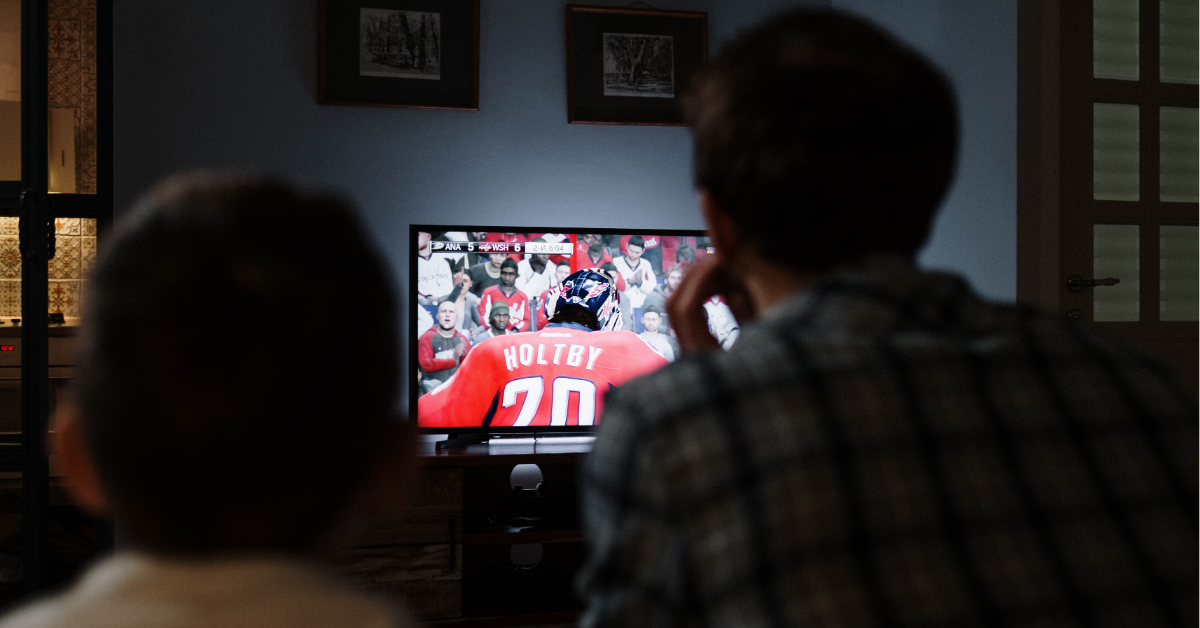The sports industry isn’t just changing, it’s accelerating, and there’s no sign it’ll slow as we head into the new year. The ground rules, the business models, the way fans connect with what they love… none of it looks the same as it did a few years ago, or even a few months ago. Working across different corners of the space, I’m seeing three major forces reshape how fans engage, how athletes operate, and how organizations plan for the future. From shifting consumption habits to the chaos in college athletics to private equity’s expanding reach, the ground is moving beneath everyone’s feet.
Here are the trends I expect to keep shaping the market well into 2026.
Changing sports media consumption and engagement
This is an ever-evolving trend. Fans’ preferences of their sports experiences constantly change, and right now, fans want more from their sports than just watching. They want context, commentary, and community. And for brands, that means continuously finding new ways to engage.
Younger fans, in particular, want interactivity, shorter formats, multiple screens, and gaming-style engagement – altcasts, live analytics, betting, and athlete-driven storytelling. They also see through the marketing noise. Fans expect authentic, value-driven partnerships that feel integrated, not imposed. This evolution extends beyond screens to the venue itself, as stadiums are being reimagined as immersive destinations – augmented with technology, hospitality, and hybrid experiences.
Sports organizations will continue to be challenged to design holistic fan journeys – digital and physical – that feel connected, personal, and meaningful, not just transactional. I believe the next iteration of this trend will deepen participation, personalization, and proximity even more, and brands that double down on this will win.
The evolution of college sports
This one’s a no-brainer: it’s chaos. The NCAA is creating rules as it goes, states are layering on inconsistent legislation, and athletes are navigating a system that’s professional in all but name. NIL and revenue-sharing are reshaping the ecosystem, but without clear regulation, it’s a free-for-all.
From a marketing perspective, athletic departments are evolving into marketing arms for athletes with many helping players secure outside deals or integrating NIL benefits directly into sponsorship contracts. We’re also seeing these departments transform into content studios – producing more athlete-focused and original programming that blur the line between sports property and media brand.
For athletes, there’s more money and opportunity than ever, but also more pressure, scrutiny, and complexity. For brands, it’s a new frontier, and they’re capitalizing.
The rise of private equity in sports
Private equity’s presence in sports is only going to grow, and fast. We’re seeing capital flow into everything from major leagues to college programs and even youth sports. But there’s tension built into that growth: investors want a say in how businesses are run, while sports organizations often operate with a culture, governance, and mission that don’t align neatly with corporate priorities. The balance between tradition and commercialization is becoming a central storyline – and it’s one the industry hasn’t quite figured out yet.

